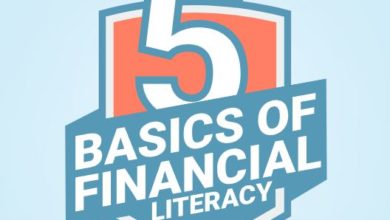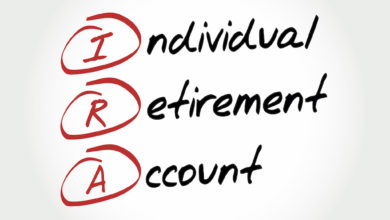Should You Refinance Into a Shorter Term Mortgage?

When mortgage rates are low — and in December 2021, the rate for a 30-year mortgage loan was at 3.26 percent, while the 15-year fixed-rate mortgage loan was at 2.60 percent — refinancing to a shorter-term mortgage can save you tens of thousands of dollars.
If rates are low enough, you will be able to save this money without having to pay a monthly mortgage payment that’s too high for your budget.
The Burden of Mortgage Interest
Much of your payment goes toward interest when you pay your mortgage bill each month. In fact, during the earlier years of your mortgage, most of your monthly payments will be for interest.
Interest is essential and serves as the basis of the mortgage-lending industry. It is how mortgage lenders make their money and cover their risk when lending hundreds of thousands of dollars to homeowners.
However, mortgage interest can also cost homeowners hundreds of thousands of dollars during the life of their mortgage. For example, if you have a $200,000 fixed-rate 30-year mortgage with an interest rate of 3.26 percent, you will pay $114,000 in interest alone if you take a full 30 years to pay off the loan.
That is a lot of money spent on interest. However, if you took that same 3.26 percent loan and changed it from a 30-year to a 15-year term, you would pay just $53,000 in interest over the 15-year repayment period. That is a saving of more than $61,000 in interest payments.
The Challenge
Of course, the challenge of taking out a 15-year fixed-rate mortgage comes in the form of a higher monthly payment. Because the payback period for a 15-year loan is shorter than a 30-year loan, you will pay more each month. For instance, with a $200,000 15-year fixed-rate mortgage loan at an interest rate of 3.26 percent, you would pay about $1,406 a month. However, if you took that same $200,000 loan but a 30-year term, you would pay just $871 a month.
For many homeowners, the higher monthly payment that comes with a 15-year fixed-rate mortgage will price it out of their budgets, despite the interest savings such a loan brings.
However, the equation changes when mortgage interest rates are low from a historical perspective. For example, depending on your 30-year fixed-rate mortgage rate, you could refinance to a 15-year fixed-rate loan and enjoy the savings in interest while making a monthly payment that isn’t that much higher than your current one.
Low Interest Rates
Consider the 30-year fixed-rate mortgage for $200,000 at an interest rate of 3.26 percent. Again, the monthly payment for that loan comes to about $871. If you took that same amount and refinanced it to a 15-year loan with a rate of 2.60 percent — the average rate in late December 2021 –, your payment would be $1,343 a month.
That is just $472 more a month, or $5,664 more a year than you would have paid with your 30-year fixed-rate loan. That might seem like a lot but consider the interest savings. The 15-year fixed-rate loan at an interest rate of 2.60 percent would require you to pay a total of about $41,743 in interest if you took a full 15 years to pay back the loan. That is a lot less than the $113,744 worth of interest payments you would make with the 30-year fixed-rate loan at 3.26 percent interest.
If you want to reduce the amount of interest you will pay during the life of your mortgage, maybe it is time to investigate the benefits that come from refinancing to a shorter-term home loan. True, you will have to make a more substantial monthly mortgage payment. You will also have to review your household budget to determine if that mortgage payment will fit. However, you stand to save potentially tens of thousands of dollars in mortgage interest if it does.
While it is true that mortgage interest is how mortgage lenders and banks make their money, you should look to minimize what you pay out regarding interest payments. Crunch the numbers to see if a shorter-term mortgage loan makes sense for you.
The Institute of Financial Wellness is the first and most comprehensive multi-media network for financial education, resources, and services. In fulfilling our mission to help people “Get There” and live their best life, we deliver the following five unique value propositions:
– The industry’s most engaging, informative, and objective financial education content
– Clarity and confidence to help individuals make informed financial decisions
– Access to the IFW Network of Financial Professionals for everything financial
– Full implementation of effective, custom-tailored solutions for everyone’s unique needs
– Ongoing guidance and support to ensure maximum financial success through every stage of life






